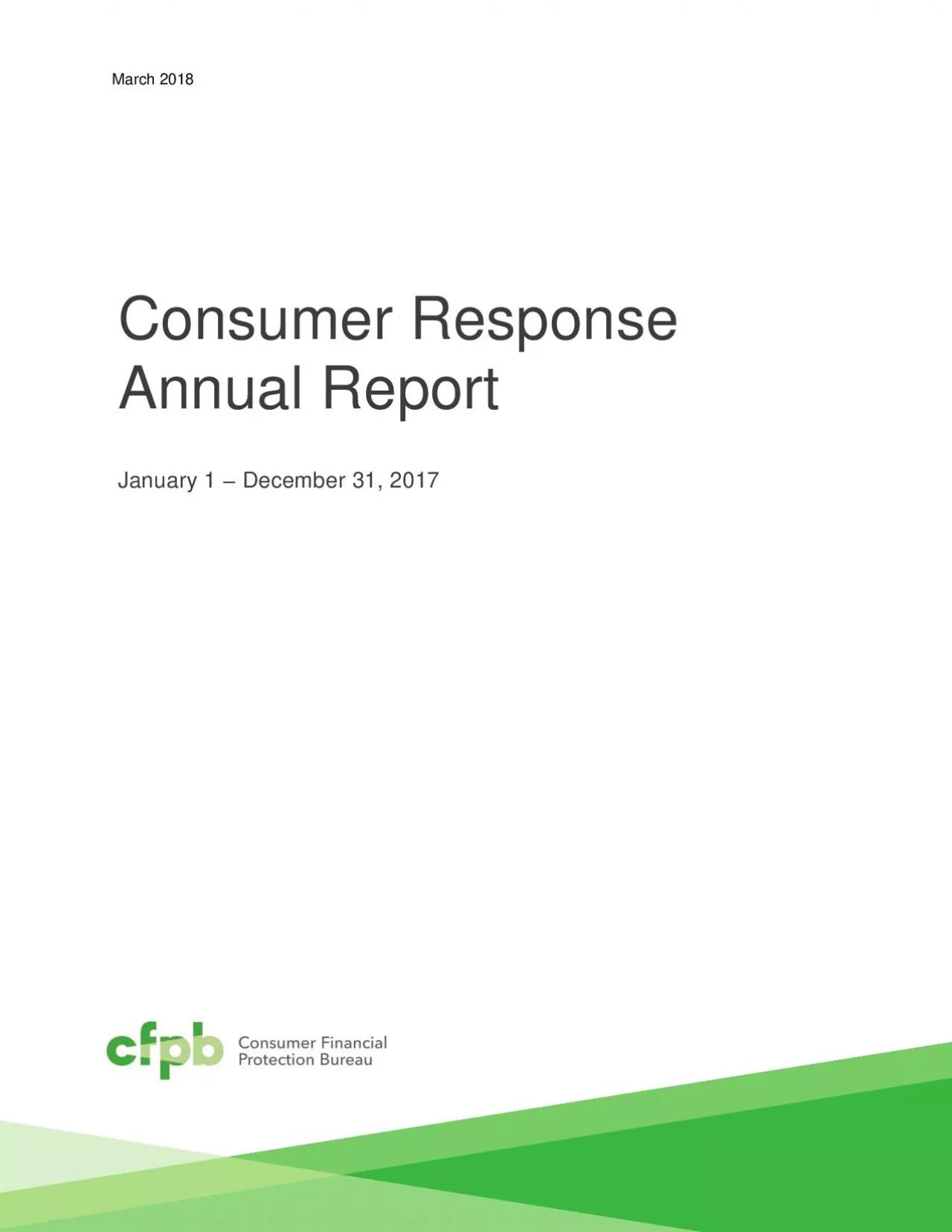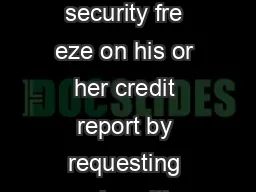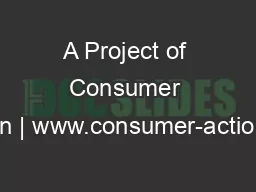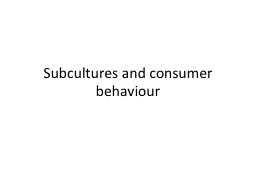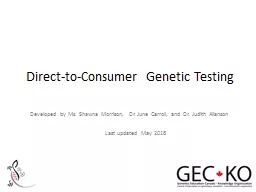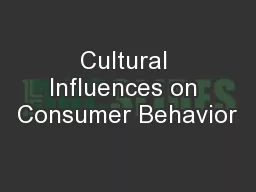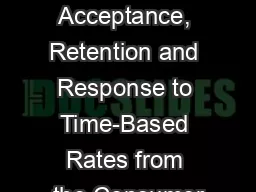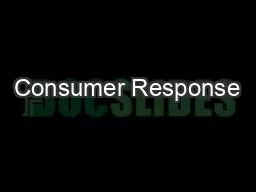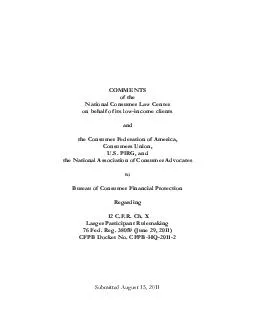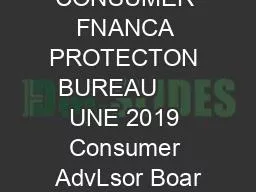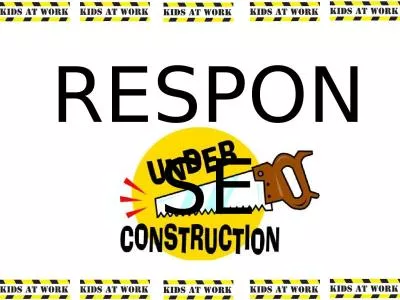PDF-Consumer Response
Author : davis | Published Date : 2021-10-01
March 2018Annual ReportJanuary 1 December 31 20172BUREAU OF CONSUMER FINANCIAL PROTECTIONTable of contentsTable of contents21Introduction42Complaint Numbers73Complaint
Presentation Embed Code
Download Presentation
Download Presentation The PPT/PDF document "Consumer Response" is the property of its rightful owner. Permission is granted to download and print the materials on this website for personal, non-commercial use only, and to display it on your personal computer provided you do not modify the materials and that you retain all copyright notices contained in the materials. By downloading content from our website, you accept the terms of this agreement.
Consumer Response: Transcript
Download Rules Of Document
"Consumer Response"The content belongs to its owner. You may download and print it for personal use, without modification, and keep all copyright notices. By downloading, you agree to these terms.
Related Documents

